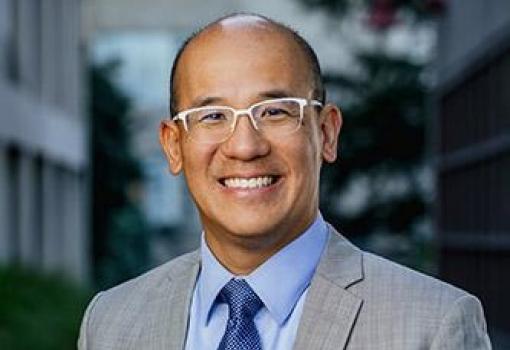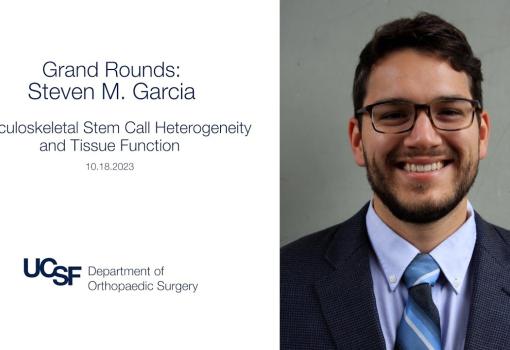OTI Digital Science Laboratory
Orthopaedic Trauma Institute
2540 23rd Street,
Bldg 7, 3rd Floor, Rm 310
San Francisco, CA 94110
Phone: 415-476-2124
The OTI Digital Science Lab (DSL) is directed by Meir Marmor, MD and Safa Herfat, PhD.
Our research aims to develop novel strategies and technology to treat orthopaedic trauma. Current clinical focus areas include:
Acute Compartment Syndrome
Post-operative pain
Geriatric fractures
Adult tibia fractures
Using a collaborative cross-disciplinary approach, our lab offers expertise in engineering, clinical research and data science, in the following domains:
Data – predictive modeling and retrospective analysis of large clinical datasets and prospective collected longitudinal biometrics
Imaging - MSK Ultrasound and Kinect Cameras
Sensors – Implantable sensors and wearable technologies to monitor injury recovery
Simulation and modeling – Experimental Biomechanics, Finate Element Analysis, Machine Learning
Projects in our laboratory are are/were funded by the Department of Defense (DOD), National Science Foundation (NSF), AO Foundation, NSF Center for Disruptive Musculoskeletal Innovation (CDMI), and the Orthopaedic Trauma Association (OTA).
- Publications (Sensors)
- Smart bone plates can monitor fracture healing
- Impedance spectroscopy to monitor fracture healing
- Wireless Measurements Using Electrical Impedance Spectroscopy to Monitor Fracture Healing
- Using impedance to track fracture healing rates in mice in vivo: A pilot study
- New opportunities for fracture healing detection: Impedance spectroscopy measurements correlate to tissue composition in fractures
- Publications (Simulation & Modeling)
- Acetabulum Cup Stability in an Early Weight-Bearing Cadaveric Model of Geriatric Posterior Wall Fractures
- Mapping of the Stable Articular Surface and Available Bone Corridors for Cup Fixation in Geriatric Acetabular Fractures
- The influence of mini-fragment plates on the mechanical properties of long-bone plate fixation
- Correction to: Comparison of fibula strut and calcium phosphate cement augmentation of the medial buttress in 2-part proximal humerus fractures reconstruction: a biomechanical study
- Biomechanical comparison of long, short, and extended-short nail construct for femoral intertrochanteric fractures
- Publications (Data)
- Publications (Imaging)
- A dual-sensor ultrasound based method for detecting elevated muscle compartment pressures: A prospective clinical pilot study
- Use of standard musculoskeletal ultrasound to determine the need for fasciotomy in an elevated muscle compartment pressure cadaver leg model
- A Novel Non-invasive Method for the Detection of Elevated Intra-compartmental Pressures of the Leg
- Limitations of standard fluoroscopy in detecting rotational malreduction of the syndesmosis in an ankle fracture model
- A method for detection of lateral malleolar malrotation using conventional fluoroscopy
- Lab Director(s)
Donate to OTI Digital Science Laboratory
Please consider donating to the OTI Digital Science Laboratory to help expand our national and global advances in: Patient Care, Education, Research, and Outreach- Thank you!
Donate Now

